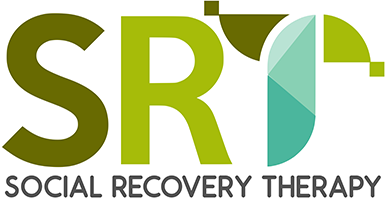Adolescents and young adults who are not in employment, education, or training
Jan Scott, David Fowler, Pat McGorry, Max Birchwood, Eoin Killackey, Helen Christensen, Nicholas Glozier, Alison Yung, Paddy Power, Merete Nordentoft, Swaran Singh, Elisa Brietzke, Simon Davidson, Philippe Conus, Frank Bellivier, Richard Delorme, Ianin Macmillan, John Buchanan, Francesc Colom, Eduard Vieta, Michael Bauer, Philip McGuire, Kathleen Merikangas, and Ian Hickie
Abstract
Their problems are more than economic
The term NEET (not in employment, education, or training) refers to economically inactive adolescents and young adults.1 2 During economic crises, youth unemployment rises faster and recovers more slowly than general unemployment.1 In 2012, there were 7.5 million 15-24 year old (13% of the age group) and 6.5 million 25-29 year old (20%) economically inactive young people in the European Union. Together, they cost €153bn (£131bn; $204bn) in welfare benefits and lost productivity—1.2% of EU gross domestic product.2 International publications confirm global rates of 10-20% youth unemployment and highlight that the optimal solution is to increase retention in education and training.1 2 3 4 5
Prolonged economic inactivity has profound effects on mental health: the risks of depression (odds ratio 2.7), alcohol or substance misuse (3.4), and suicidal attempts (3.6) are significantly increased in economically inactive young people versus their economically active peers.3 However, action plans fail to recognise subgroups within the economically inactive population who are functionally impaired because of evolving or pre-existing mental disorders. During economic downturns, these people are especially disadvantaged and risk lifelong social exclusion and economic marginalisation unless their ill health is recognised early and their needs targeted more directly.4 5
Preventing or limiting economic inactivity alone could reduce rates of common mental disorders by 8-17%,6 but it would not completely solve the problem of the threefold greater risk of severe mental disorders in this group.3 The explanation for this is complex, but it is noteworthy that the peak age of onset of …
